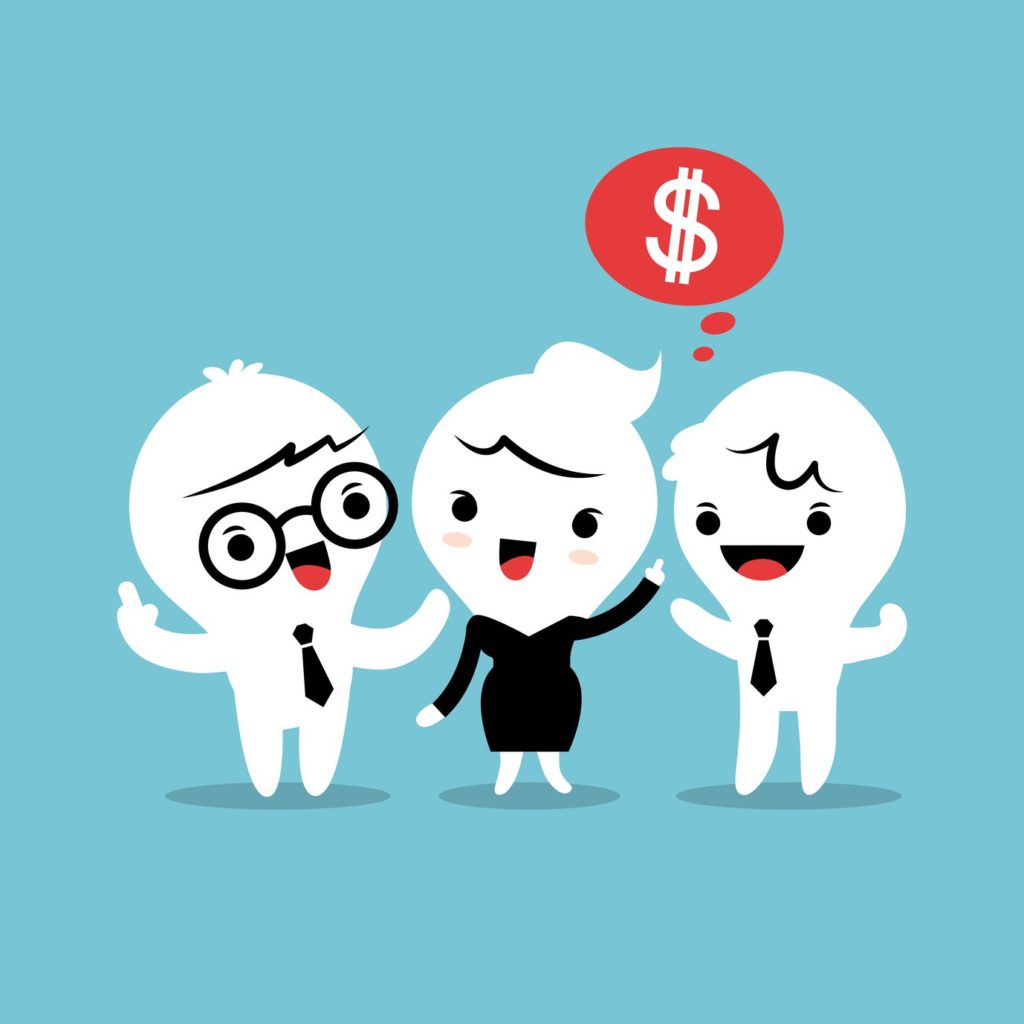
Lead generation is time intensive and expensive in any industry. Having said that, any time you have the ability to tap into your professional network and generate organic leads is highly beneficial.
And whether you realize it or not, your existing customer base is one of the best resources you have available at your disposal.
Understanding customer acquisition cost
Every business, especially in today’s business landscape where big data and analytics make it possible to track such detailed metrics, should be acutely aware of its customer acquisition cost (CAC). While it’s rarely a breeze to calculate, CAC is simply the result of taking your lead generation expenditures (marketing, advertising, etc.) and dividing it by the number of customers you acquire over that same period of time.
For example, if you spend $10,000 on marketing, advertising, and landing pages during a three-month period and acquire 200 new customers, your CAC would be $50. You can then use this figure to get a better idea of how much it will cost your business to scale to certain levels, as well as how profitable customers are. After all, if it costs you $50 to acquire a customer, but they only generate an average of $50 in revenue, is it worth it? You’re breaking even with a lot of risk and effort involved.
But what does your CAC have to do with customer referrals? Well, quite a lot, in fact. The wonderful thing about referrals is that they’re totally organic. In other words, you theoretically don’t need to spend anything to get a new lead or client. Your existing customers simply recommend you, bypassing the costly marketing and advertising channels that you typically depend on.
A customer acquired through a referral is clearly more cost-effective than one acquired via traditional methods, but the benefits don’t stop there. According to a research study published in the AMA Journal of Marketing, referred customers are 25% more profitable per year, 18% less likely to churn, and have 25% higher customer lifetime values than non-referred customers.
If you aren’t taking advantage of customer referrals, it’s time to make a change and begin prioritizing what could be a gold mine of opportunity. Here are some specific tactics you should try:
1. Provide exceptional value
You can’t expect customers to provide referrals just because you ask. A referral is a very intimate and personal thing. Nobody wants to provide a bad referral, lest they damage their reputation inside their personal or professional networks.
Prematurely asking customers for referrals usually results in very shallow returns. The better strategy is to focus on providing exceptional value and then patiently wait for your customers to become natural brand ambassadors. At this point, you have a solid foundation to work on.
2. Build personal relationships
It’s hard to get a referral from a customer that you don’t know very well. You’ll find that referrals are far more likely when you actually have solid relationships with customers—even personal relationships outside of business.
Other Articles From AllBusiness.com:
These high-touch relationships allow you to earn face-to-face time, which is more conducive to asking for referrals and moving people to action.
3. Ask at the peak of enthusiasm
One of the bigger mistakes businesses make in this area is failing to act in a timely manner. They wait too long to ask for a referral and miss the opportunity. The key is asking at the peak of enthusiasm—i.e., right after something positive has happened and the customer is thrilled with your company.
